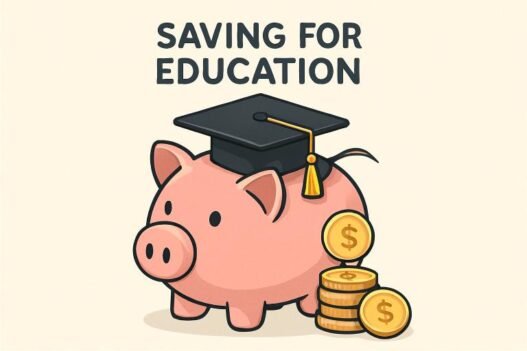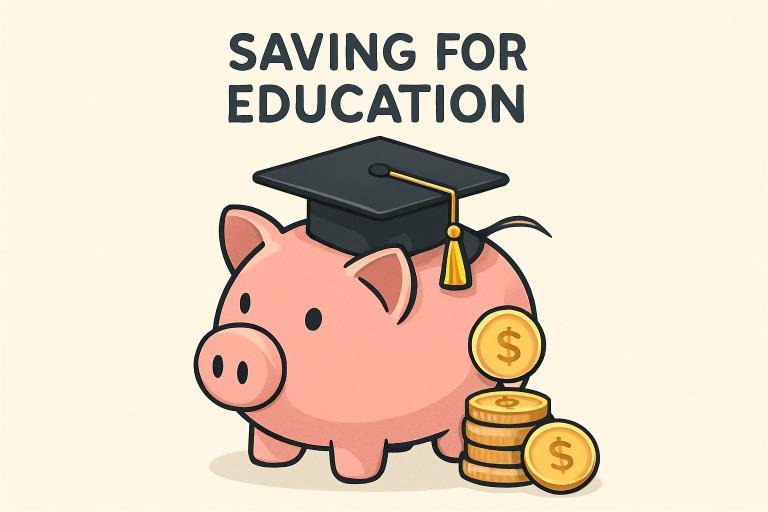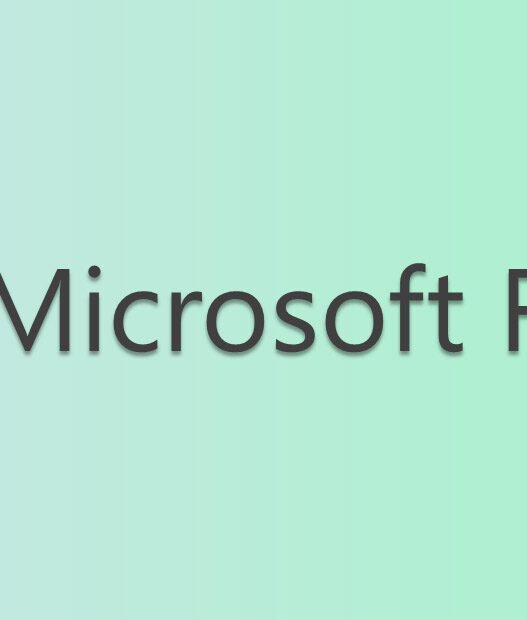Key Takeaways
- Catch-up contributions in tax-advantaged accounts are powerful tools for reclaiming lost savings time.
- Creative budgeting can unlock hidden resources to funnel toward education funds.
- Lump-sum windfalls can dramatically leverage your catch-up efforts.
- Involving friends and family through gifting amplifies your savings potential.
- Staying aware of new laws and state programs ensures you don’t miss additional opportunities.
Saving for a child’s education is one of the most meaningful financial goals a family can pursue. Yet, life’s unpredictabilities—job changes, unexpected expenses, or shifting priorities—can often cause people to pause or miss contributions to their education savings plans. If you’ve fallen behind, taking proactive steps now can make a significant difference in reaching your educational funding targets. Learn practical strategies to get back on track and maximize your options, including how a RESP catch up can work for you. Thoughtful adjustments to your routine and some creativity offer hope, whether you’re dealing with a one-time lapse or a longer period of missed payments.
Focusing on methods that fit your family’s finances and priorities is key to regaining lost ground in your education savings. This may mean automating deposits, employing budgeting tricks, or inviting loved ones to help. Each of these approaches not only boosts your savings but also builds financial habits that are beneficial far beyond covering tuition costs. The good news is that today’s flexibility and variety of education savings plans mean you can make headway at any stage—regardless of past setbacks.
Understanding Catch-Up Contributions
Certain tax-advantaged accounts offer the chance to make “catch-up” contributions, providing a valuable opportunity for those who have missed previous years’ savings. For example, if you’re using an RESP or 529 plan, it’s often possible to contribute more than the annual limit in later years to make up for missed contributions. For those nearing retirement, 401(k) plans and IRAs offer special allowances—such as a $7,500 catch-up contribution for 401(k)s or an extra $1,000 for IRAs in 2025—helping to close the gap quickly.
This catch-up flexibility can be particularly powerful because it often comes with added benefits, such as tax deferral or access to government grants. In Canada, for instance, unused RESP grant room can be carried forward and accessed later by making higher contributions in subsequent years, thereby maximizing government matches and overall growth potential. According to CNBC’s retirement planning insights, starting late doesn’t mean you’re out of options—it just requires a more intentional saving and investing strategy.
Creative Budgeting Techniques
Finding extra money to catch up on missed contributions often begins with a fresh look at your budget. Implementing “no-spend” days or weeks—where you forgo discretionary spending such as dining out or shopping—can free up cash to redirect straight into an education fund. Even minor changes, such as brewing coffee at home instead of buying it daily, can add up quickly over weeks or months.
Another highly effective technique is to open a separate savings account labeled “Education Fund” and set up automatic transfers from your checking account. Even modest, routine deposits can build a substantial nest egg over time, especially if you increase the amount whenever your financial circumstances allow. Small behavioral tweaks like these bring consistency and intention to your saving efforts.
Leveraging Windfalls and Unexpected Income
Lump sums such as tax refunds, annual bonuses, or gift presents rare opportunities to supercharge your education savings without impacting your regular budget. Making a rule to allocate a certain percentage—or ideally, all—of every windfall to your education savings plan can accelerate your progress dramatically. Timing these contributions to coincide with catch-up provisions or grant eligibility windows maximizes their effectiveness, capitalizing on financial momentum when it matters most.
Engaging Family and Friends Through Gifting
Saving money for education is a goal many relatives and friends would love to support; they need to know how to get involved. Many 529 and RESP programs offer user-friendly platforms where contributions can be made as birthday, holiday, or graduation gifts. Communicating your education funding goals for your child to loved ones can transform special occasions into meaningful opportunities to boost your savings plan.
Staying Informed About Legislative Changes
Laws related to education savings can change quickly and may create new opportunities to catch up on missed contributions. For example, with the U.S. SECURE 2.0 Act, families can roll over up to $35,000 from unused 529 plans into a Roth IRA starting in 2024—unlocking flexibility previously unavailable and reducing the risk of leaving money unused. Staying informed ensures you’re leveraging every available opportunity and adjusting your strategy as new rules emerge. If you’re unsure how changes might affect you, consult a financial advisor for advice tailored to your situation.
Utilizing State-Sponsored Programs
State-sponsored programs are tailor-made to encourage families to save, often providing added benefits for their residents. For example, the Michigan Education Savings Program (MESP) allows families to begin saving with as little as $25, making it widely accessible. Research whether your state (or province, in Canada) offers matching grants, state tax deductions, or special incentives that can make catching up on missed contributions more achievable. Many states also periodically run promotions to help families behind in their education savings meet their goals faster.
Automating Savings Contributions
Automation is one of the simplest and most effective ways to maintain momentum and catch up on contributions over time. Set up an automatic transfer from your paycheck or main bank account directly to your education savings plan; this removes the temptation to skip months or spend the money elsewhere. Most financial institutions make this process easy to initiate and adjust, ensuring your savings accumulate seamlessly regardless of distractions or busyness.
Final Thoughts
Catching up on missed education savings contributions is an achievable goal with the right mix of strategy, creativity, and ongoing attention. Whether you’re making the most of catch-up contribution rules, adjusting your budget, or enlisting the support of friends and family, every step counts. By staying proactive, leveraging financial windfalls, and keeping informed about new opportunities, you can close the gap—and build a secure future for your child’s educational dreams.













